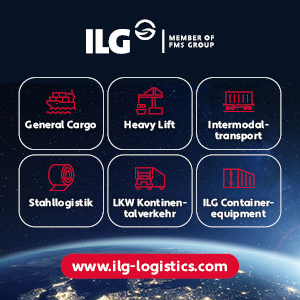In its recently published annual report, A.P. Moller – Maersk reports a growing revenue and improving profit, which is primarily driven by its liner shipping company: Maersk Line (excluding Hamburg Süd) reported an increase in revenue of 14.9% to USD 23.8bn (USD 20.7bn in 2016), and an underlying profit of USD 521m (loss of USD 384m in 2016), equal to an improvement of USD 905m.
The increase in revenue was driven by an 11.7% increase in the average freight rate to 2,005 USD/FFE (1,795 USD/FFE) and by a 3% increase in volumes to 10,731k FFE (10,415k FFE) despite the negative impact of a cyber-attack last June. Freight rates increased across all trades.
The Maersk Line fleet consisted of 287 owned vessels (2,054k TEU) and 389 chartered vessels (1,510k TEU) with a total capacity of 3,564k TEU by the end of 2017, an increase of 10% compared to the end of 2016.
The acquisition of Hamburg Süd is an important part of the Maersk growth strategy. Together, the two carriers have a total container capacity of more than 4 million TEU and a global capacity market share of approximately 19%. The Germany-based carrier will remain an independent brand.
“After a successful acquisition of Hamburg Süd, the integration is off to a good start, with both carriers growing volumes during the first months. A smooth integration of Hamburg Süd remains a top priority for 2018,” says Søren Skou, CEO of A.P. Møller – Mærsk A/S.












